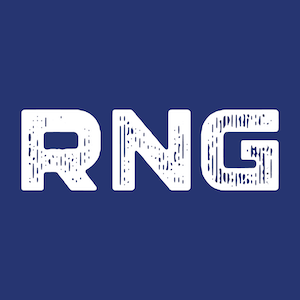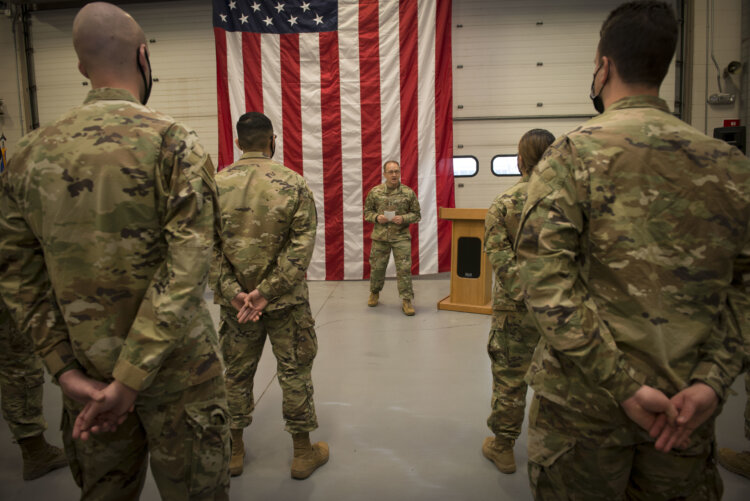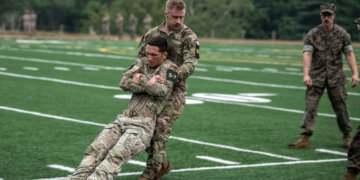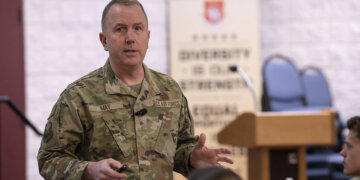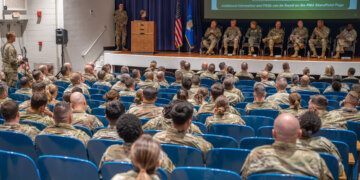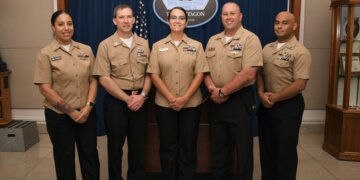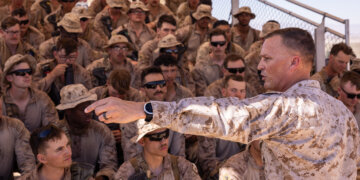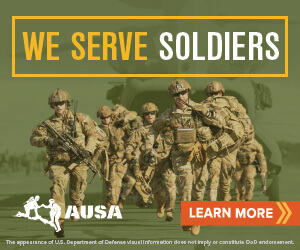In 2009, then-Lt. Col. Francis Evon led a battalion of teachers, tradesmen, and first responders into the mountains of Afghanistan. Though infantrymen while in uniform, the soldiers of the Connecticut Army National Guard’s 1st Battalion, 102nd Infantry Regiment, leaned as heavily on their civilian experience as their combat training.
“I saw guardsmen who were teachers from our schools use their interpersonal skills that they use in the classroom every day to bridge language and other cultural barriers,” said Evon, now an Army two-star general who has led the Connecticut Guard as its adjutant general since 2018. “That deployment had a significant impact on me as a leader because I was able to see, firsthand, the true epitome of the citizen-soldier dynamic.”
Evon’s experience and leadership were enough to gain the confidence of his counterparts across the National Guard. In early June during its summer meeting in St. Augustine, the Adjutants General Association of the United States elected Evon as its newest leader, replacing the recently retired Army Maj. Gen. John Harris of Ohio.
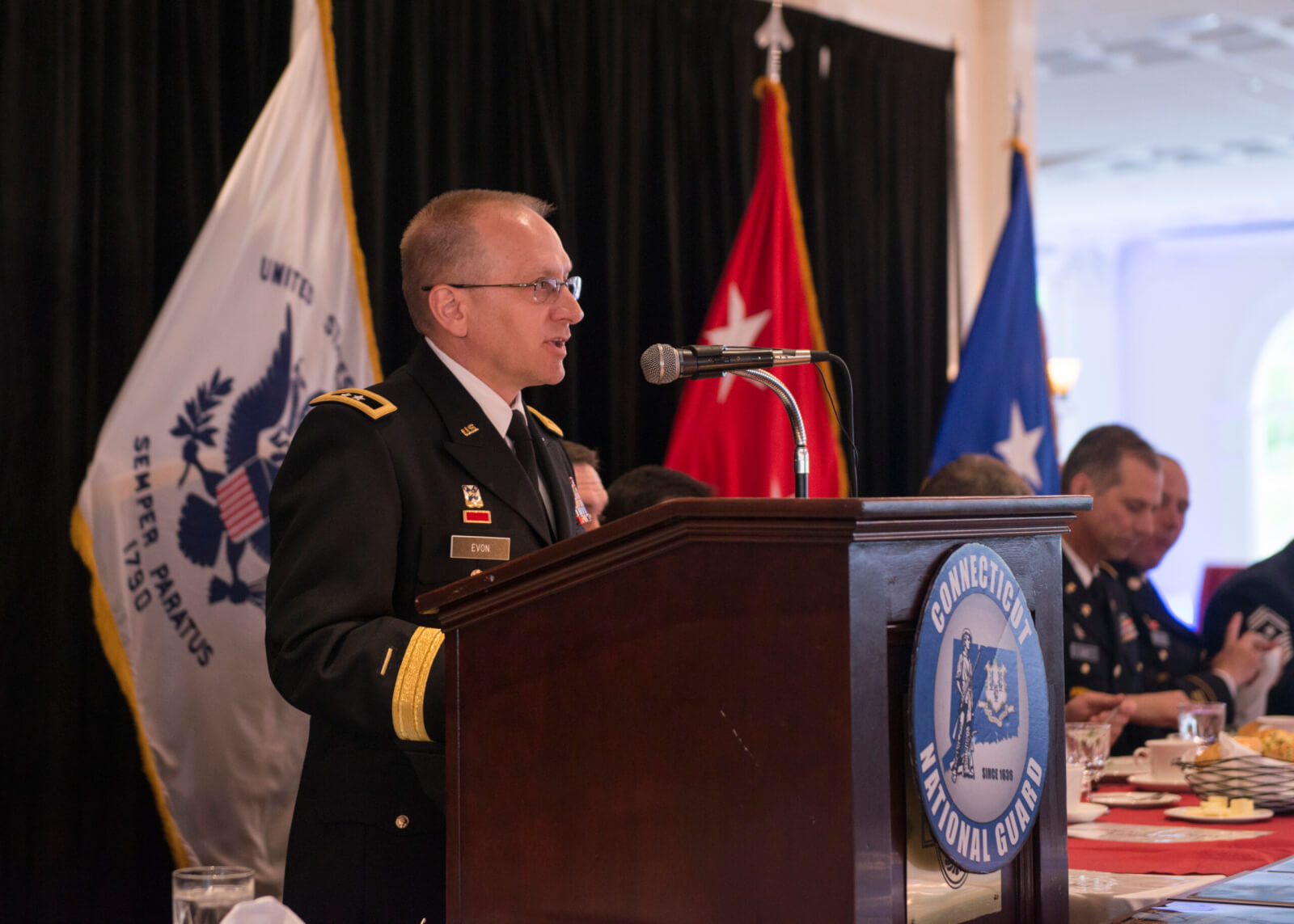
Stirred by both the patriotic – “my dad’s service in Vietnam started this trajectory of selfless service” – and the practical – “needed a way to pay for college” – Evon enlisted with the Guard in 1985. His time in the enlisted ranks embedded in him a conviction that they should always “have a seat at the table.”
“I cherish and often reflect on my experience as a young, enlisted soldier in the National Guard,” he said. “Every one of these experiences shaped me into the leader I am today.”
Paramount to his leadership tenure with AGAUS, Evon said, will be maintaining the strength and structure of the Guard’s dual state-federal structure.
“(The structure) is essential to sustain readiness and the speed of response at the state and federal levels,” Evon said. “The duality of our mission enables the Guard to successfully and strategically operate in two different worlds, gather practical insights, and then share them with our state and federal partners.”
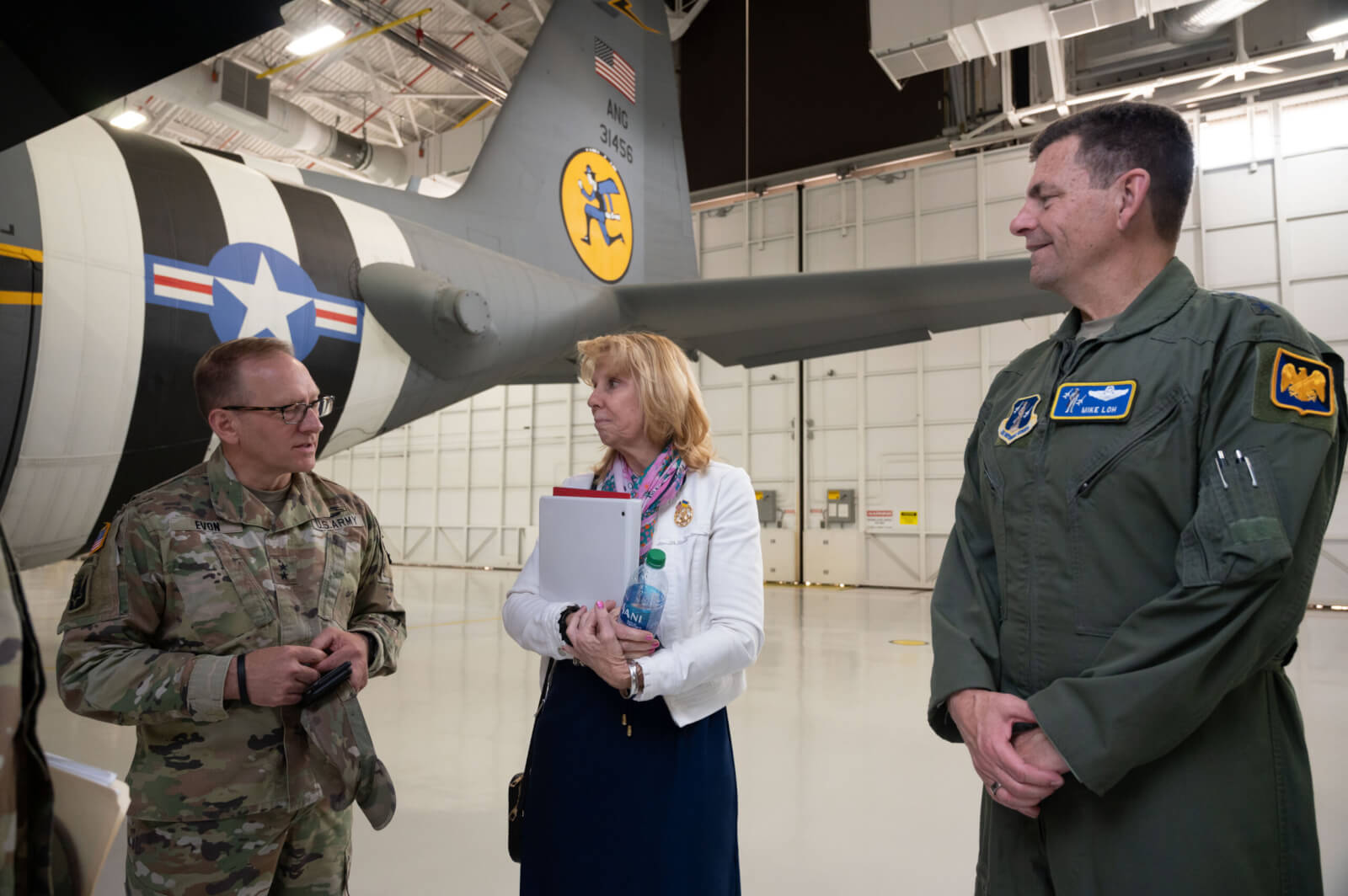
For Evon, the Guard’s response to the COVID-19 pandemic is a “recent shining example” that underscores the importance of its dual mission. Because guardsmen live and work in the communities in which they serve, they were able to saturate each state with testing sites, distribution operations, and medical services.
“The National Guard fired on all cylinders at every turn,” Evon said.
But the pandemic also highlights a tension between the Guard’s growing demands and limited resources. The Army Guard represents 39 percent of the total Army force, while the Air Guard makes up about 30 percent of the Air Force. And state missions, whether it’s civil unrest in our urban centers or the wildfires that consume California, add another layer to navigating the “increased operational tempo and a dwindling budget.”
AGAUS, Evon said, must ensure the public and those they elect understand the demands and needs of the Guard.
“We will be an ever-present advocate for our Guard at our seat at the table,” Evon said. “The National Guard deserves that level of representation, and that’s what we’re going to deliver.”
Read comments

